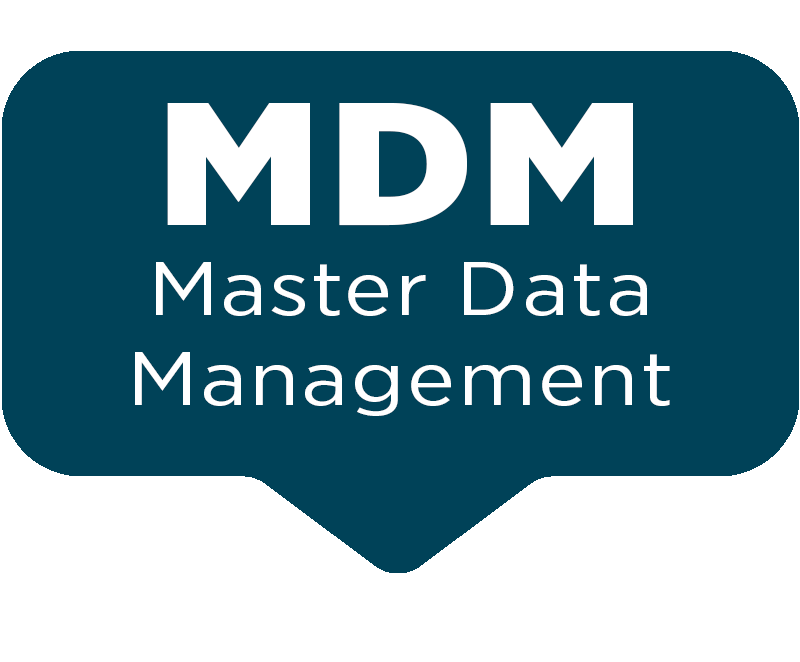Who is responsible for keeping track of master data? Is it your organization or is it a third-party provider?
We have found that organizations struggle with how they organize master data across their enterprise. When master data are organized at one level, then another layer of complexity comes from trying to get a consistent view of the master data across the organization. The issue is that many systems in the organization are not standardized, and there is not an agreed way of managing master data across those systems.
One of the biggest issues we find is that organizations are not organized in a way that allows them to manage master data well. This is because the people in an organization, including those who are using the master data, don’t know where master data are kept, how master data are used, and how master data can be changed.
In the diagram below we show you the problem – master data is not organized. We are not suggesting that the system shown is the answer, but we do want to suggest that there is a problem. There is no clear way for users to locate master data and use them.
This means that master data management needs to be done by an authoritative figure within the organization. If master data are managed by someone outside the organization, then it can be challenging to understand what happens to the master data when that person leaves. And it becomes more challenging when master data are used by many different systems in the organization, and not all of those systems are under your control.
An example of a master data management framework
According to Delphix, if you are the administrator in an organization, then you are the person who has responsibility for master data. Therefore, master data management should be part of your role.
Here is our suggested master data management framework:
1.**Data** – master data is owned by a particular organization and it contains information about the people, processes, locations, products, services, and other items that make up that organization.
2.**Decision making** – in a business environment, decision making refers to the act of choosing an action that can be taken in the future and that will affect the outcome of an event or condition. It involves a set of decisions about what to do in response to events and circumstances as they occur.
3.**Decision support** – decision support systems are designed to help managers and employees make better decisions by providing them with tools, such as guidelines, rules, and checklists.
- **Metadata** – metadata is information about the master data. The information describes how the data is structured, where the data is stored, how it is formatted, and any other key information about the data.
5.**Security** – security is information about the access control for the master data. This might include information about who can access what, which users are authorized to do certain things with the data, or whether the data is protected by encryption.
- **Users** – users include anyone who uses the master data within an organization. Users have permission to access the master data and perform actions against it.
- **Systems** – systems are the applications within the organization that works with the master data. Systems are usually software that reads, writes, and updates the master data.
- **Rules** – rules are policies, standards, guidelines, and practices that govern the use of the master data. For example, the rules about when and how the master data are updated.
- **Change Management** – change management is the process of monitoring changes to the master data and tracking the impacts of those changes.
- **Master Data Management (MDM)** – MDM is a process that is used to define, create, maintain, govern, and secure master data.
If you have mastered data, then you have mastered your company.
We know that a lot of work goes into master data management, so we thought we would share some practical tips and advice about how to improve your approach to master data management.
What is master data management and how does it differ from master data standards?
Master Data Management is a term used to describe the collection, maintenance, use, and transfer of customer, patient, and product data.
It is the responsibility of all companies to provide customers with access to and the ability to use the master data they require for all products, services, transactions, and communications.
Master data standards refer to the set of guidelines and processes required to ensure that this happens. Companies must develop and maintain a Master Data Management System (MDMS) to manage the quality and completeness of master data. They also need to understand the different stages of the Master Data Lifecycle, to make sure that the data they are using is accurate and reliable.
As master data management is a rapidly developing area of technology, we recommend that you speak with a subject matter expert, who can advise you on what steps are necessary to establish an MDM system in your organization.
What’s the most common cause of poor user adoption? According to Gartner, it’s often due to a lack of training and education. This isn’t surprising, considering how new master data management is to most organizations. Most organizations don’t have enough data to use as a reference point when trying to implement a master data management solution. They don’t know if they already have all the data they need. And they aren’t sure which data is needed.
